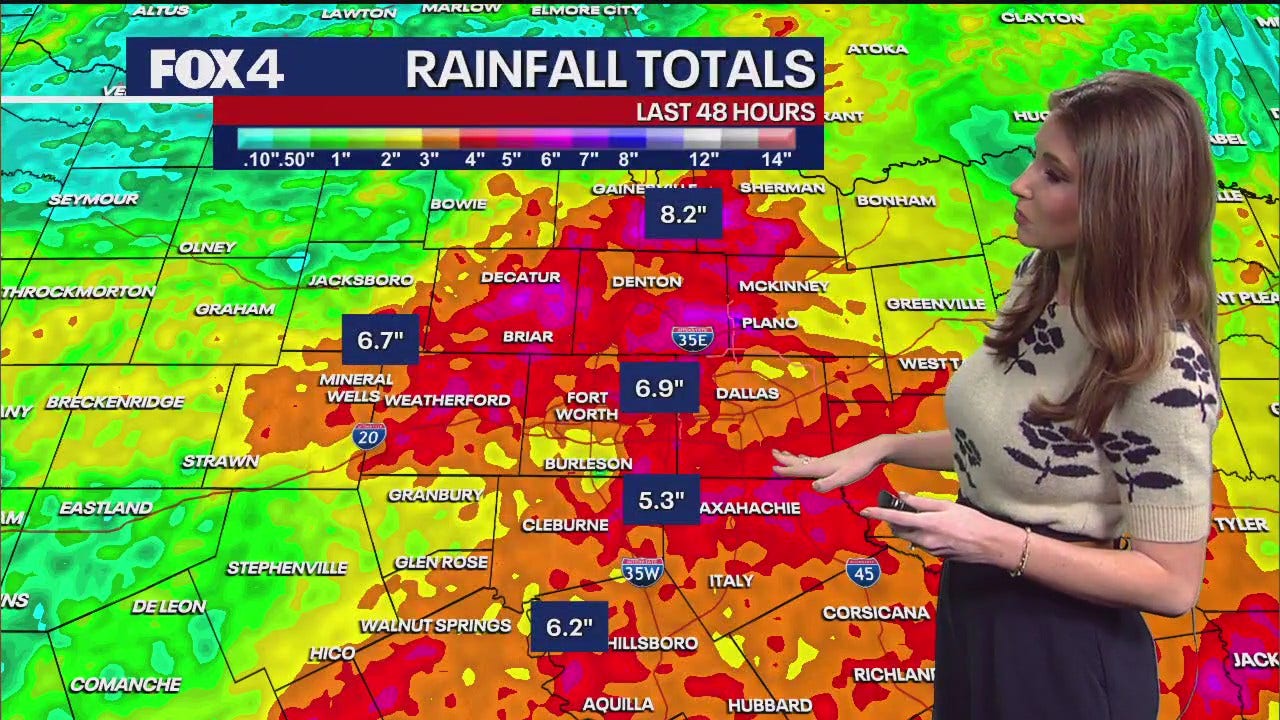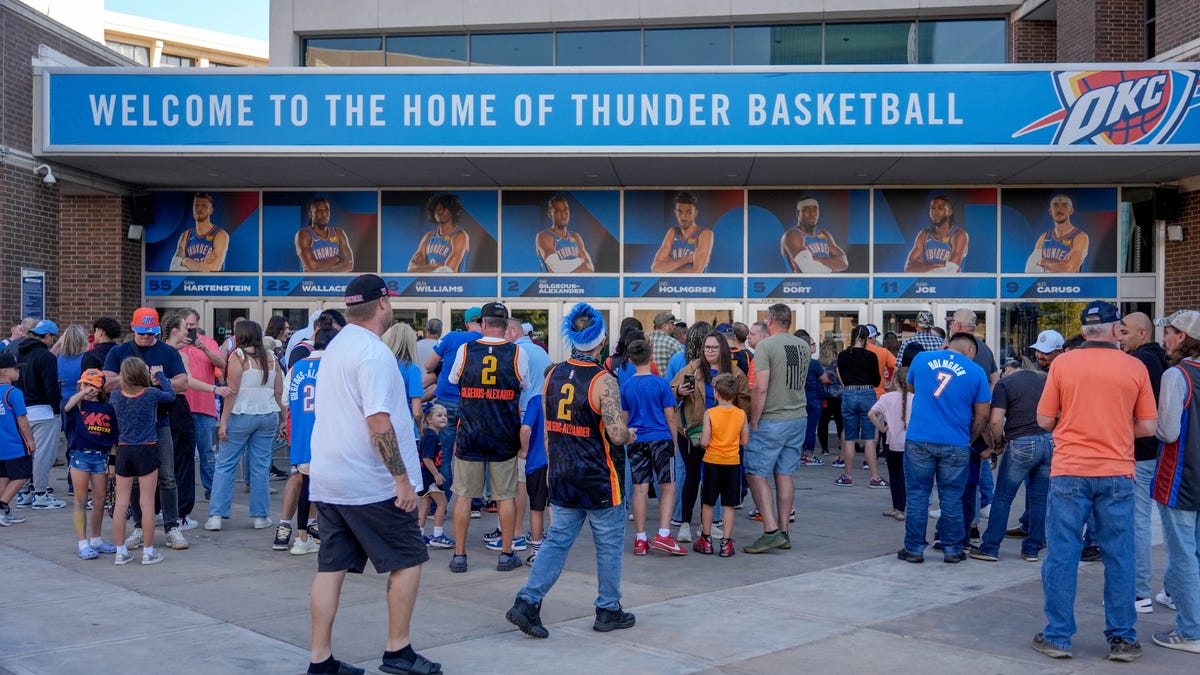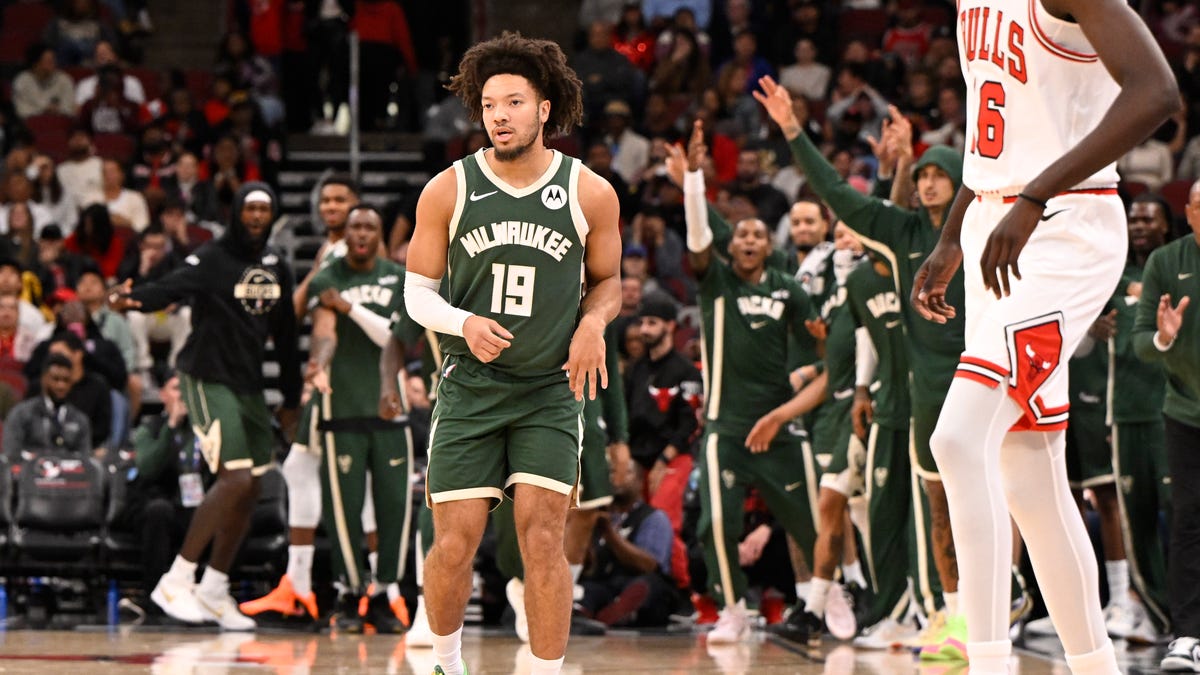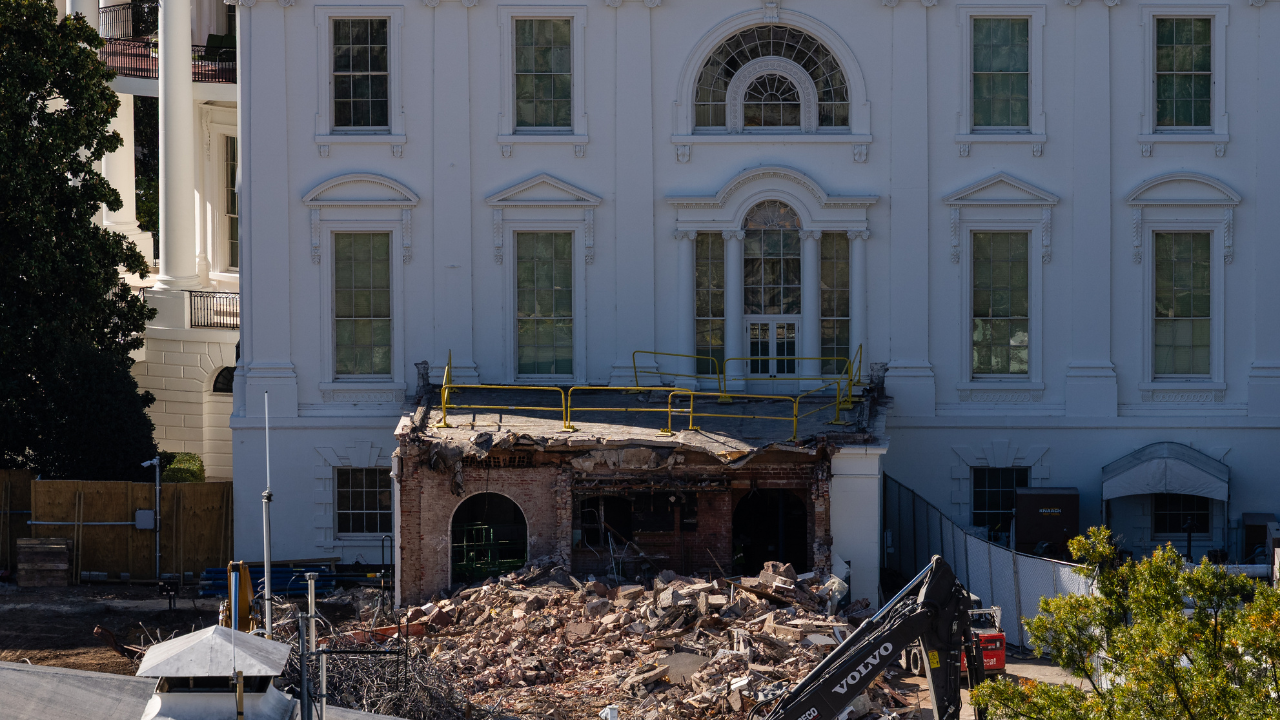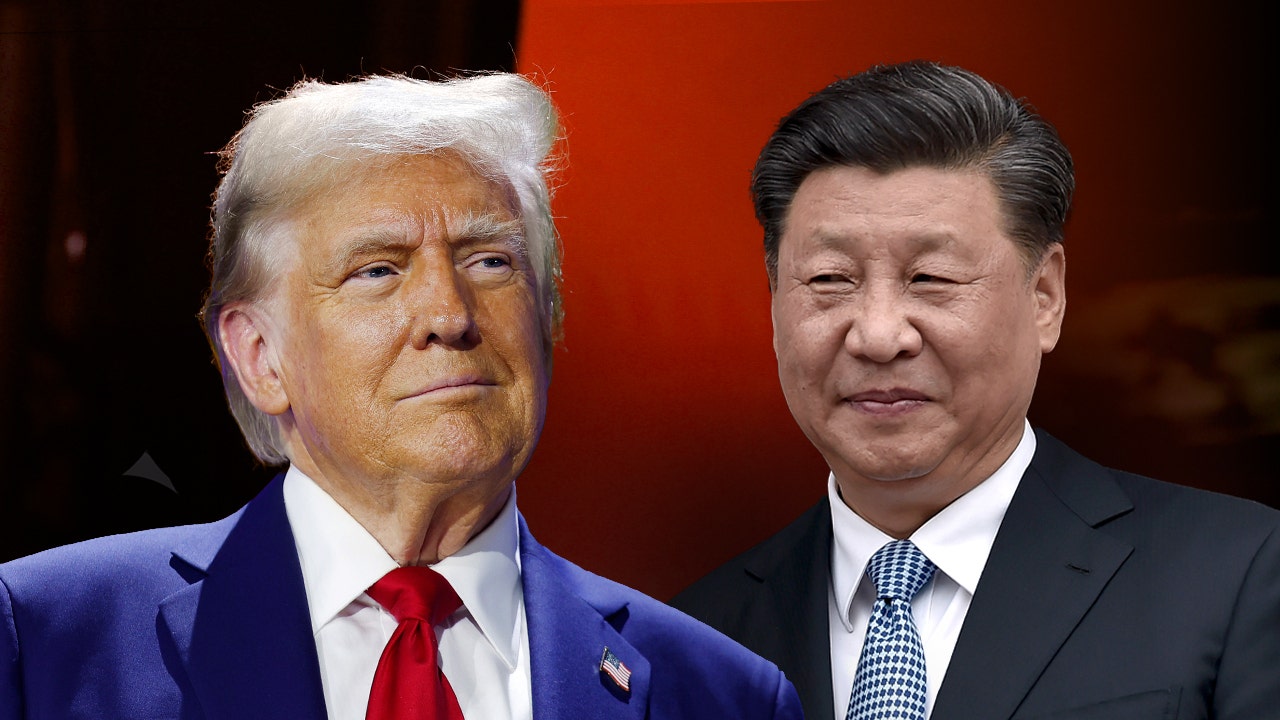Reporting by Anirban Sen and Abigail Summerville in New York; Editing by Chris Reese and Marguerita Choy
World
Exclusive: Twinkies maker Hostess Brands explores sale amid takeover interest, sources say
/cloudfront-us-east-2.images.arcpublishing.com/reuters/PTSWU6NSVVOUDG6UPNFBZMIFAE.jpg)
FILE PHOTO-Hostess Brands “Twinkies” are displayed in a store in the Manhattan borough of New York City, U.S. July 5, 2016. REUTERS/Brendan McDermidFile Photo Acquire Licensing Rights
NEW YORK, Aug 25 (Reuters) – Hostess Brands Inc (TWNK.O), the maker of Twinkies snack cakes, is exploring a sale after fielding takeover interest from major snack food makers, people familiar with the matter said on Friday.
Hostess became an acquisition target after it raised prices on some of its products to boost revenue, fueling investor concerns over its prospects. Prior to the news of the company exploring a sale, its shares were down 1% year-to-date, versus a 29% rise in the Nasdaq Composite Index.
General Mills Inc (GIS.N), Mondelez International Inc (MDLZ.O), PepsiCo Inc (PEP.O) and Hershey Co (HSY.N) are among the companies that have shown an interest in acquiring Hostess, the sources said.
Hostess has hired investment bank Morgan Stanley (MS.N) for advice on handling the deal negotiations, the sources said. No agreement is certain and Hostess may decide against any deal, the sources added.
The sources asked not to be identified because the matter is confidential. Hostess and Hershey declined to comment, while General Mills, Mondelez, PepsiCo and Morgan Stanley did not immediately respond to requests for comment.
Hostess shares rose 26% on the news to $27.89 in Friday afternoon trading in New York, giving the company a market value of close to $4 billion. Hostess also had debt net of cash of about $900 million as of the end of June.
Based in Lenexa, Kansas, Hostess was founded in 1930 and is behind several iconic household brands, including Ho-Hos, Ding Dongs, Zingers, and Voortman cookies and wafers.
The company filed for bankruptcy twice, in 2004 and 2012, due to a combination of private equity owners saddling it with debt and failing to come up with new snacks that appealed to consumers.
Entrepreneur Dean Metropoulos and private equity firm Apollo Global Management Inc (APO.N) returned Hostess to the stock market in 2016 through a deal with a special purpose acquisition company backed by the private equity firm founded by Alec Gores.
By the end of 2020, Hostess had revamped its portfolio and was generating revenue of over $1 billion, an important landmark in its turnaround efforts. It has managed to keep its revenue growing, sometimes by raising prices as sales volumes weakened.
Hostess reported net revenue of $352.4 million in the second quarter, up 3.5% year-on-year. Gross profit increased 11.8% to $126.0 million.
Our Standards: The Thomson Reuters Trust Principles.

World
Guillermo del Toro Says He’d ‘Rather Die’ Than Use Generative AI in His Films: ‘Not Interested’

During a recent sit-down with NPR, Guillermo del Toro asserted that he would “rather die” than use artificial intelligence, “particularly generative AI,” in any of his future films. He compared the growing cultural fascination surrounding the controversial tech to the “arrogance” displayed by the titular literary madman in his Netflix adaptation of “Frankenstein.”
“AI, particularly generative AI — I am not interested, nor will I ever be interested,” del Toro said. “I’m 61, and I hope to be able to remain uninterested in using it at all until I croak. … The other day, somebody wrote me an email, said, ‘What is your stance on AI?’ And my answer was very short. I said, ‘I’d rather die.’”
The “Pan’s Labyrinth” director explained that the true dangers aren’t with the technology itself, but with “natural stupidity,” which could drive the mishandling of AI. He added that “natural stupidity” is what pushes “most of the world’s worst features.” He went on to connect the character of Victor Frankenstein to those at the forefront of AI development.
“I did want it to have the arrogance of Victor [Frankenstein] be similar in some ways to the tech bros,” he said. “He’s kind of blind, creating something without considering the consequences and I think we have to take a pause and consider where we’re going.”
Del Toro’s “Frankenstein,” adapted from Mary Shelley’s 1818 novel of the same name, stars Jacob Elordi, Oscar Issac, Mia Goth, Christoph Waltz and Ralph Ineson. The film comes to Netflix on Nov. 7.
World
French officials arrest multiple suspects in Louvre crown jewel heist

NEWYou can now listen to Fox News articles!
Multiple suspects have been arrested in connection with the theft of crown jewels from the Louvre Museum in Paris last weekend, French officials said Sunday.
Paris prosecutor Laure Beccuau said that investigators made the arrests on Saturday evening, including one man who was taken into custody as he was about to leave the country from Charles de Gaulle airport.
Beccuau did not confirm the number of arrests, though French media BFM TV and Le Parisien newspaper earlier reported that two suspects had been arrested and taken into custody. She did not say whether the jewels had been recovered.
Thieves took less than eight minutes to steal jewels valued at 88 million euros ($102 million) — a high-profile heist that sparked a national reckoning and stunned the world.
BRAZEN LOUVRE ROBBERY CREW MAY HAVE BEEN HIRED BY COLLECTOR, PROSECUTOR SAYS
A police car parks in the courtyard of the Louvre Museum, one week after the robbery, Sunday, Oct. 26, 2025 in Paris. (AP Photo/Thomas Padilla)
The crew of thieves used a basket lift to scale the Louvre’s façade, forced open a window, smashed display cases and fled, according to French officials. The Louvre’s director Laurence des Cars acknowledged there was a “terrible failure” in the museum’s security.
Beccuau said investigators from a special police unit in charge of armed robberies, serious burglaries and art thefts made the arrests. She said the premature leak of information could hinder the work of over 100 investigators “mobilized to recover the stolen jewels and apprehend all of the perpetrators.”
Beccuau said further details will be unveiled after the suspects’ custody period ends.

Police secured the area outside the Louvre Museum in Paris last week, where burglars used a truck-mounted moving lift to reach a second-floor window and steal royal jewelry valued at more than $100 million. (Dimitar Dilkoff/AFP via Getty Images)
LOUVRE DIRECTOR GRILLED ON SPECTACULAR SECURITY FAILURES, INCLUDING CAMERA POINTING AWAY FROM KEY BALCONY
French Interior minister Laurent Nunez praised the investigators for their tireless work, adding that they always had his “full confidence.”
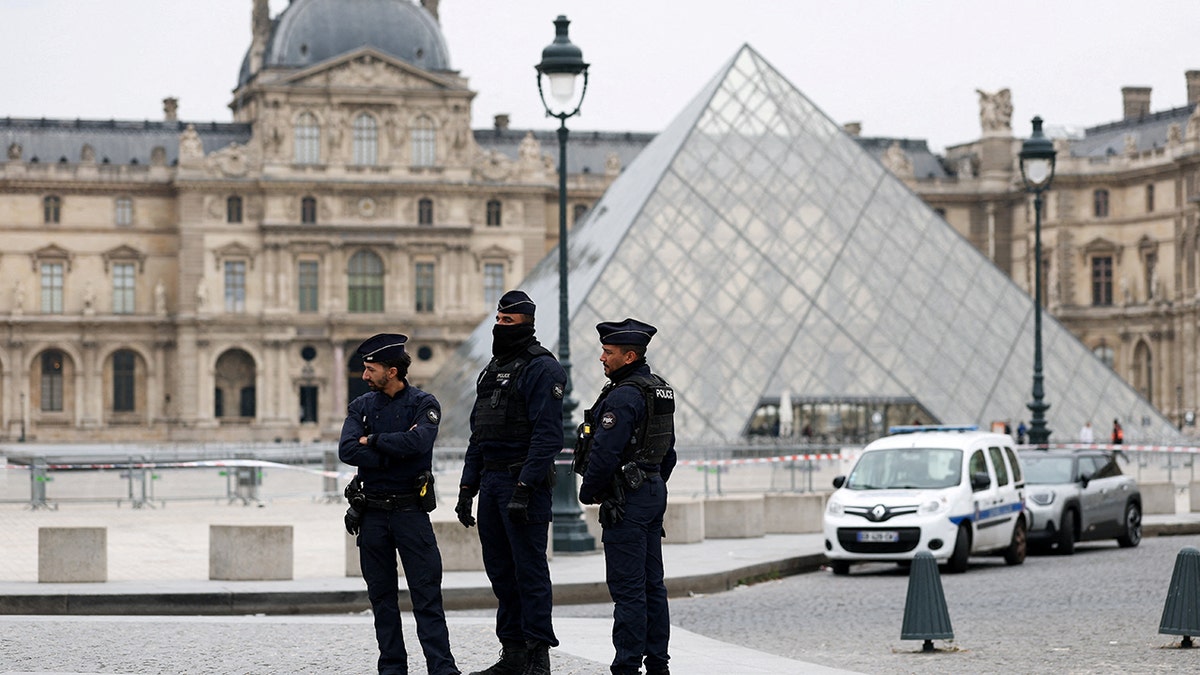
Police officers stand near the pyramid of the Louvre Museum after the theft of crown jewels on Oct. 19, 2025. (Gonzalo Fuentes/Reuters)
The thieves slipped away with a total of eight objects, including a sapphire diadem, necklace and single earring from a set linked to 19th-century queens Marie-Amélie and Hortense. They also stole an emerald necklace and earrings tied to Empress Marie-Louise, Napoleon Bonaparte’s second wife, and a reliquary brooch. Empress Eugénie’s diamond diadem and her large corsage-bow brooch — an imperial ensemble of rare craftsmanship — were also part of the loot.
Eugénie’s emerald-set imperial crown with more than 1,300 diamonds was later found outside the museum, damaged but recoverable.
This is a breaking news story; check back for updates.
The Associated Press contributed to this report.
World
Trump meets Brazil’s Lula at ASEAN summit, touts ‘pretty good deals’

Both countries’ negotiating teams will start ‘immediately’ to address US tariffs and sanctions, says Brazil’s President Lula.
Published On 26 Oct 2025
United States President Donald Trump and Brazil’s President Luiz Inacio Lula da Silva have held what Brazil described as a constructive meeting on the sidelines of the Association of Southeast Asian Nations (ASEAN) Summit in Kuala Lumpur, raising hope for improved relations after stinging US tariffs.
Lula said the Sunday meeting with Trump – who is an ally of his political rival, embattled former Brazilian President Jair Bolsonaro – was “great” and added that their countries’ negotiating teams would get to work “immediately” to tackle tariffs and other issues.
list of 3 itemsend of listRecommended Stories
“We agreed that our teams will meet immediately to advance the search for solutions to the tariffs and sanctions against Brazilian authorities,” Lula said in a message on X following the meeting.
Trump had linked the July tariff move – which brought duties on most Brazilian goods entering the US to 50 percent from 10 percent – to what he called a “witch hunt” against Bolsonaro, far-right leader who has been sentenced to 27 years in prison for attempting a coup after losing the 2022 presidential election.
Bolsonaro’s supporters rioted in the political centre of the country’s capital, evoking a riot by Trump’s supporters in Washington, DC on January 6, two years earlier.
The US government has also sanctioned numerous Brazilian officials, including Supreme Court Justice Alexandre de Moraes, who oversaw the trial that led to Bolsonaro’s conviction.
Ahead of the meeting on Sunday, though, Trump said he could reach some agreements with Lula and expected the two countries to enjoy strong ties despite his concerns about Bolsonaro’s fate.
“I think we should be able to make some pretty good deals for both countries,” Trump said.
Lula previously described the US tariff hike as a “mistake”, citing a $410bn US trade surplus with Brazil over 15 years.
‘Conclude negotiations in weeks’
Brazilian Foreign Minister Mauro Vieira said that negotiations would start immediately and that Brazil had requested a pause in tariffs while talks proceed, though it was unclear whether the US had agreed.
“We hope to conclude bilateral negotiations that address each of the sectors of the current American [tariffs on] Brazil in the near future, in a few weeks,” Vieira said.
He added that Lula also offered to help mediate between the US and Venezuela, where Washington has deployed its largest warship and threatened ground strikes targeting alleged drug cartels, operations Caracas has denounced as “fabricated” pretexts for war.
Bolsonaro was not mentioned during the Trump-Lula meeting, said Marcio Rosa, the executive secretary for Brazil’s Foreign Ministry.
Higher US tariffs on Brazilian goods have begun reshaping the global beef trade, pushing up prices in the US and encouraging triangulation via third countries such as Mexico, while Brazilian exports to China continue to boom.
-

 New York3 days ago
New York3 days agoVideo: How Mamdani Has Evolved in the Mayoral Race
-

 World6 days ago
World6 days agoIsrael continues deadly Gaza truce breaches as US seeks to strengthen deal
-

 News5 days ago
News5 days agoVideo: Federal Agents Detain Man During New York City Raid
-

 News5 days ago
News5 days agoBooks about race and gender to be returned to school libraries on some military bases
-

 Technology6 days ago
Technology6 days agoAI girlfriend apps leak millions of private chats
-
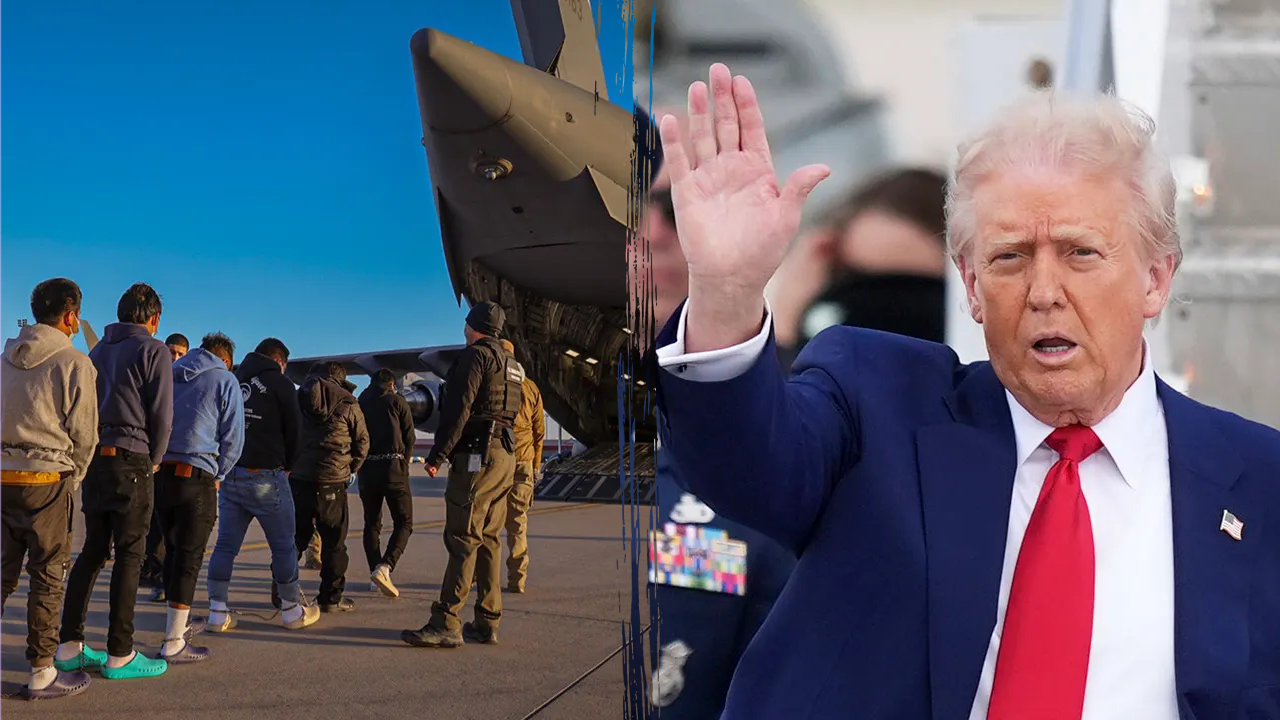
 Politics6 days ago
Politics6 days agoTrump admin on pace to shatter deportation record by end of first year: ‘Just the beginning’
-

 News6 days ago
News6 days agoTrump news at a glance: president can send national guard to Portland, for now
-

 Business6 days ago
Business6 days agoUnionized baristas want Olympics to drop Starbucks as its ‘official coffee partner’
